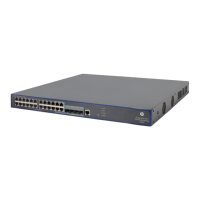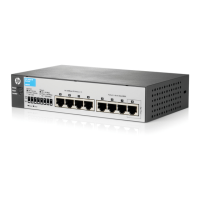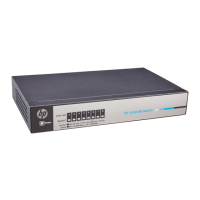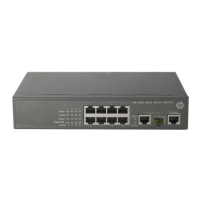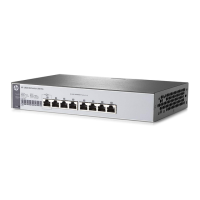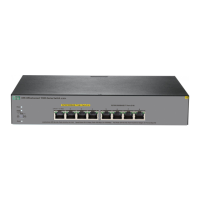Clock status Display the synchronization status of the system clock.
Source Interface
Set the source interface for an NTP message.
If you do not want the IP address of a specific interface on the local device
to become the destination address of response messages, specify the
source interface for NTP messages so that the source IP address in the NTP
messages becomes the primary IP address of this interface. If the specified
source interface is down, the source IP address is the primary IP address of
the egress interface.
Key 1 Set NTP authentication key.
Enable the NTP authentication feature for a system running NTP in a
network where there is a high security demand. This feature improves the
network security by means of client-server key authentication. This
prohibits a client from synchronizing with a device that has failed
authentication.
You can set two authentication keys, each of which is composed of a key
ID and key string.
• ID is the ID of a key.
• Key string is a character string for MD5 authentication key.
Key 2
External
Reference
Source
NTP Server
1/Reference Key
ID.
Specify the IP address of an NTP server, and configure the authentication
key ID used for the association with the NTP server. The device
synchronizes its time to the NTP server only if the key provided by the
server is the same as the specified key.
You can configure two NTP servers. The clients will choose the optimal
reference source.
IMPORTANT:
The IP address of an NTP server is a unicast address, and cannot be a
broadcast or a multicast address, or the IP address of the local clock source.
NTP Server
2/Reference Key
ID.
Time Zone Set the time zone for the system.
System time configuration example
Network requirements
As shown in Figure 32, the local clock of Device A is set as the reference clock. Switch B operates in client
mode, and uses Device A as the NTP server. Configure NTP authentication on Device A and Switch B.
Figure 32 Network diagram

